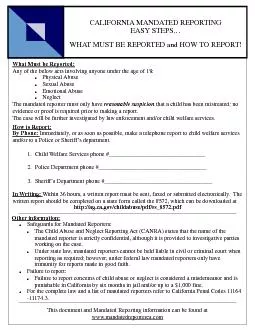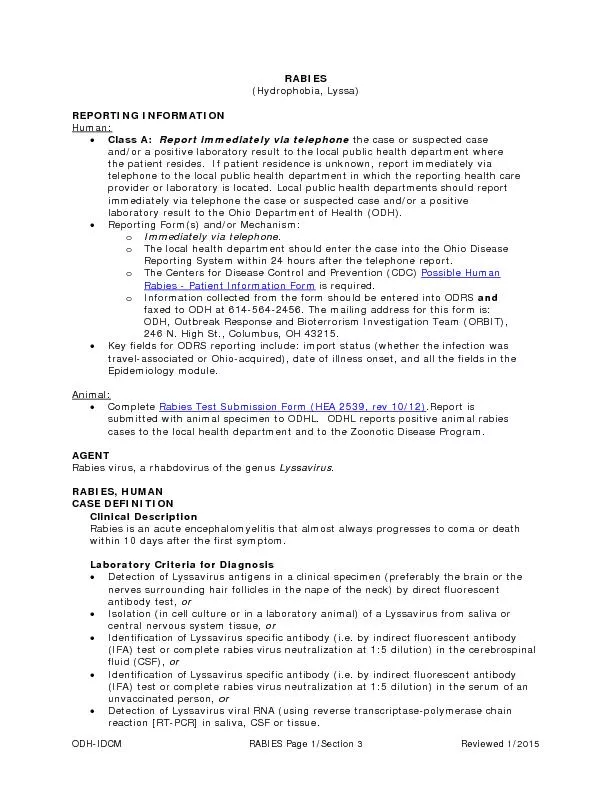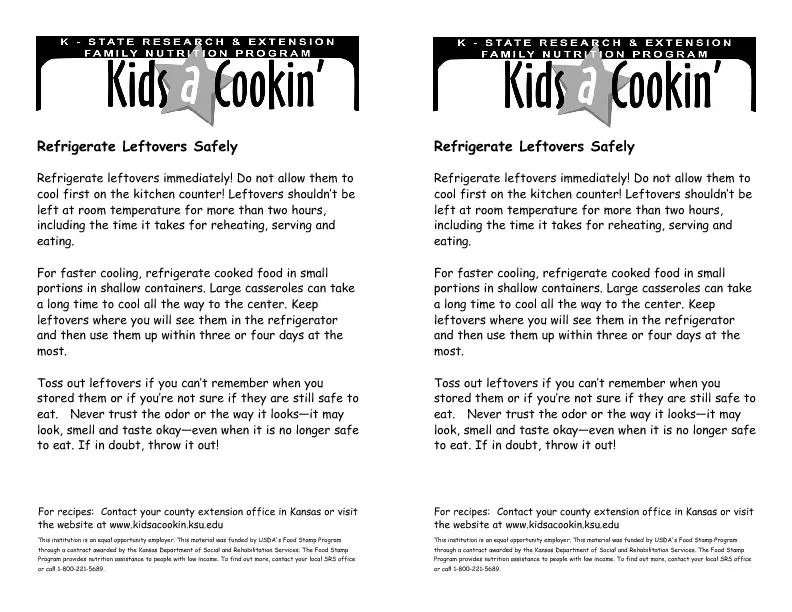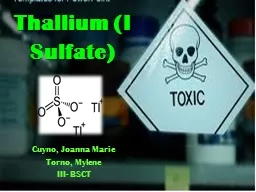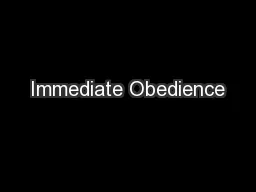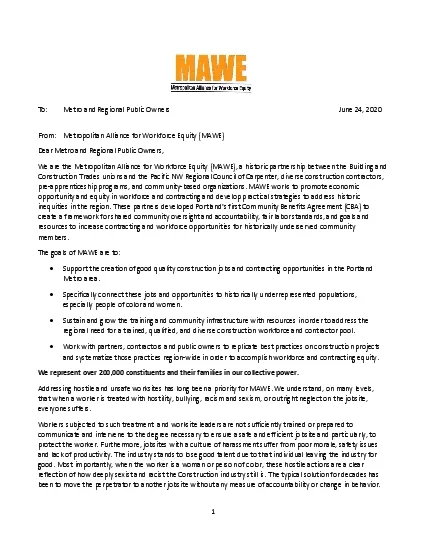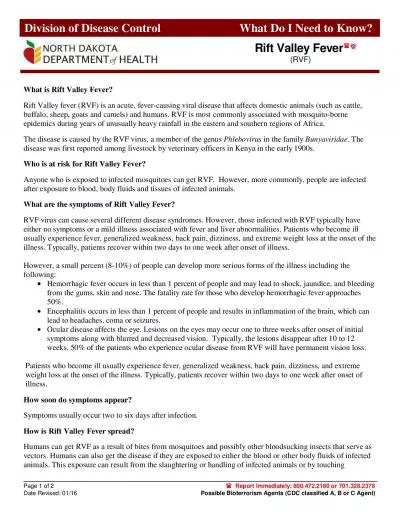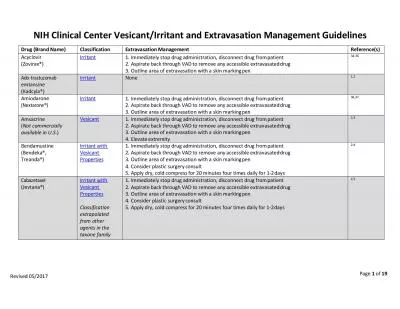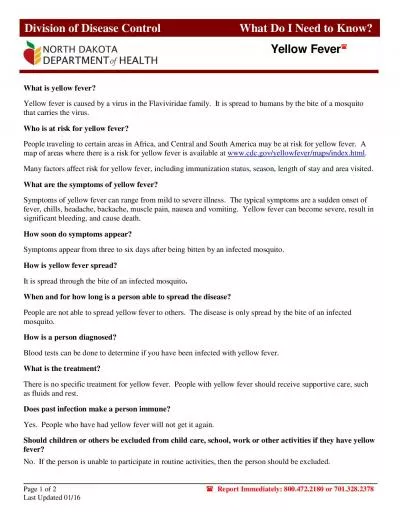PDF-Report Immediately 8004722180 or 7013282378
Author : jovita | Published Date : 2022-08-20
Page 1 of 2 Last Updated 0 6102016 Possible Bioterrorism Agents CDC classified A B or C Agent Clostridium perfringens h at is Clostridium perfringens Clostridium
Presentation Embed Code
Download Presentation
Download Presentation The PPT/PDF document "Report Immediately 8004722180 or 7013282..." is the property of its rightful owner. Permission is granted to download and print the materials on this website for personal, non-commercial use only, and to display it on your personal computer provided you do not modify the materials and that you retain all copyright notices contained in the materials. By downloading content from our website, you accept the terms of this agreement.
Report Immediately 8004722180 or 7013282378: Transcript
Download Rules Of Document
"Report Immediately 8004722180 or 7013282378"The content belongs to its owner. You may download and print it for personal use, without modification, and keep all copyright notices. By downloading, you agree to these terms.
Related Documents



